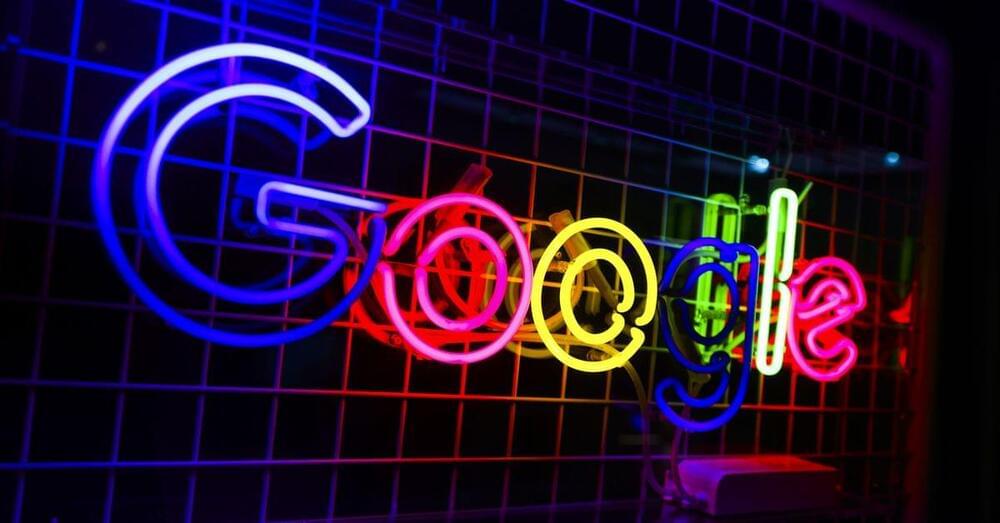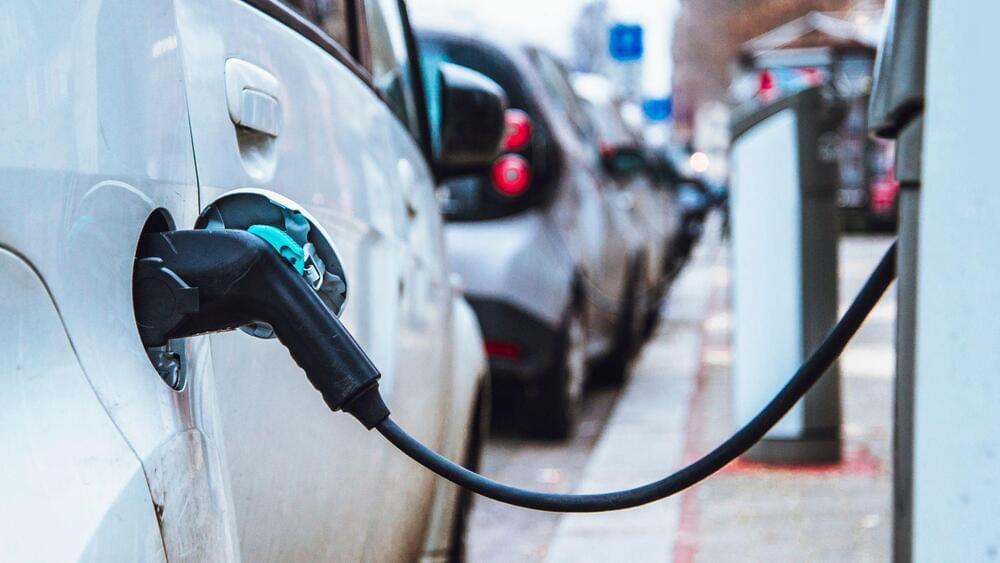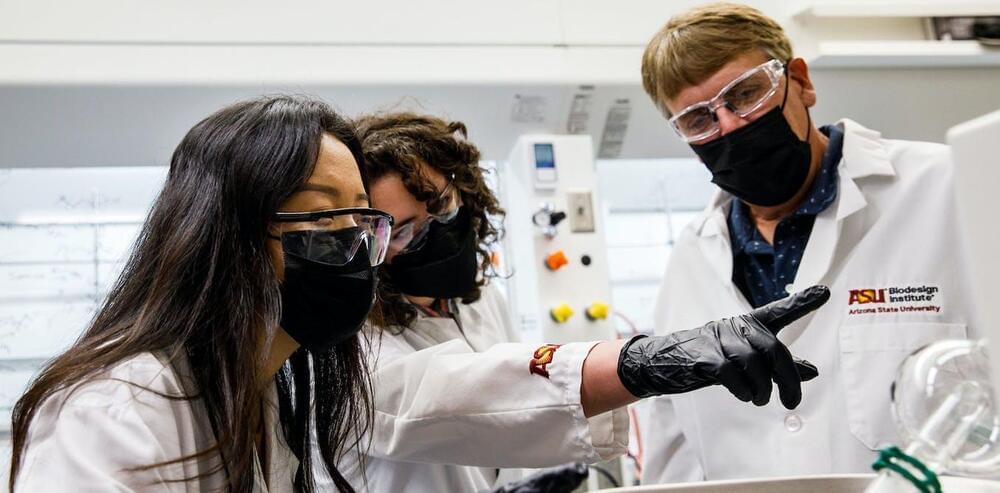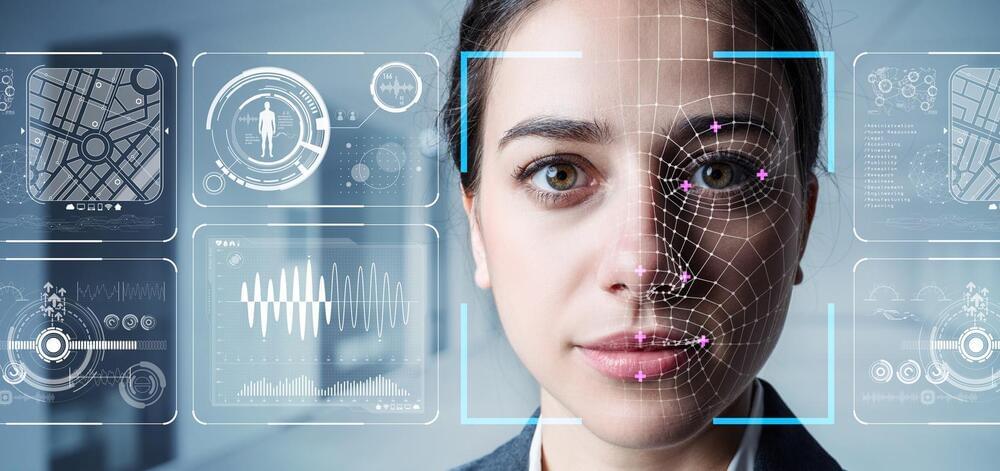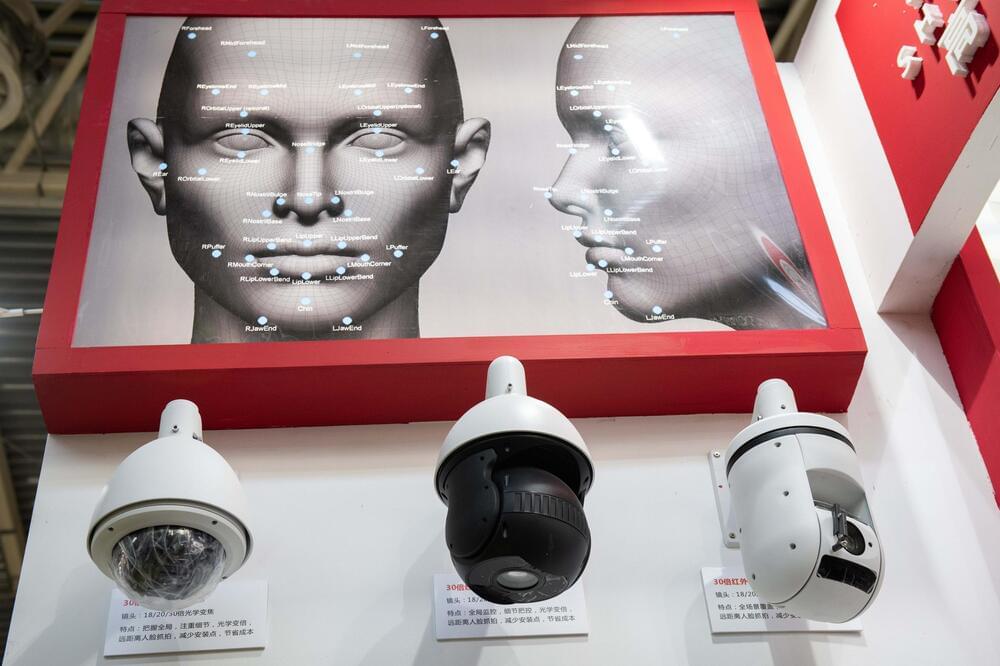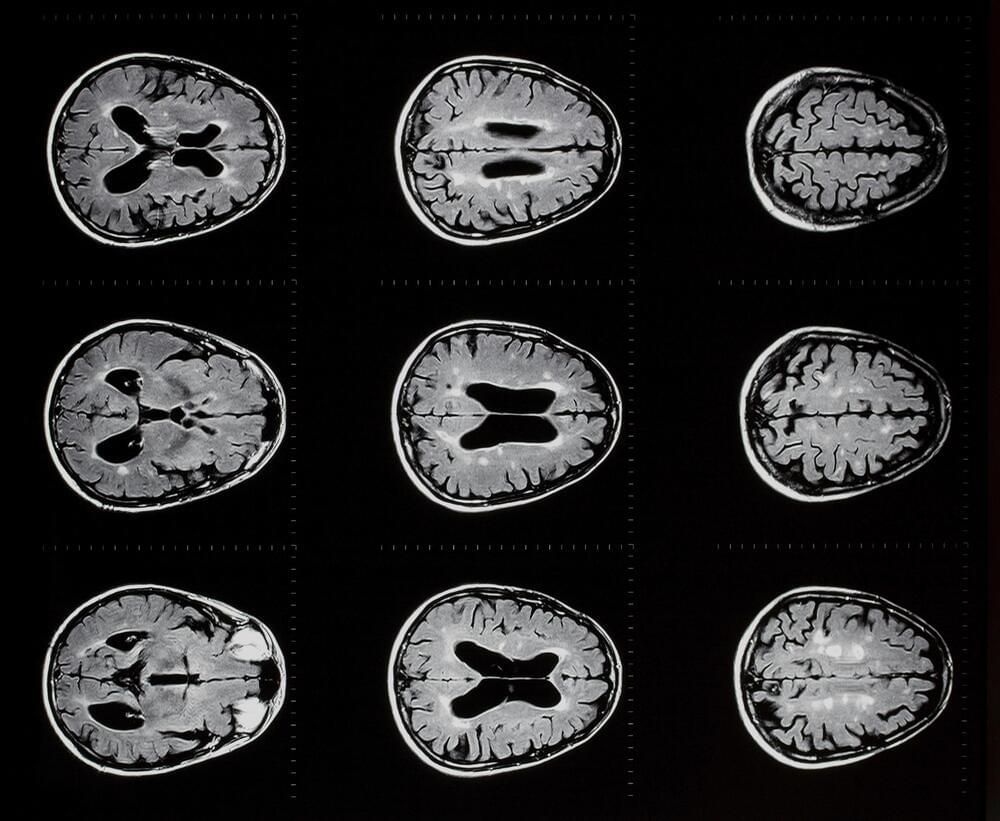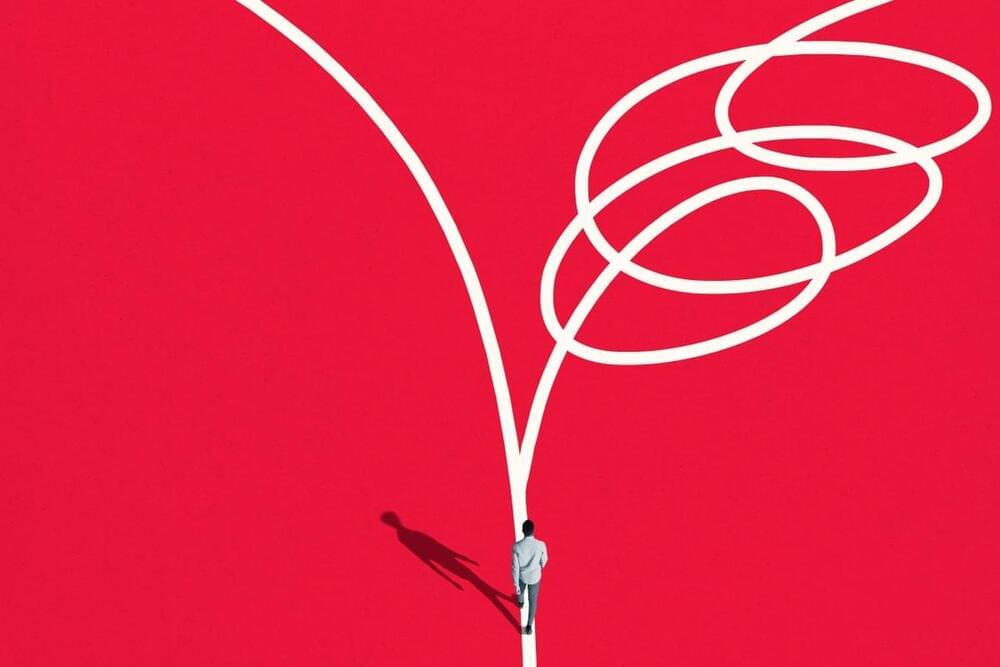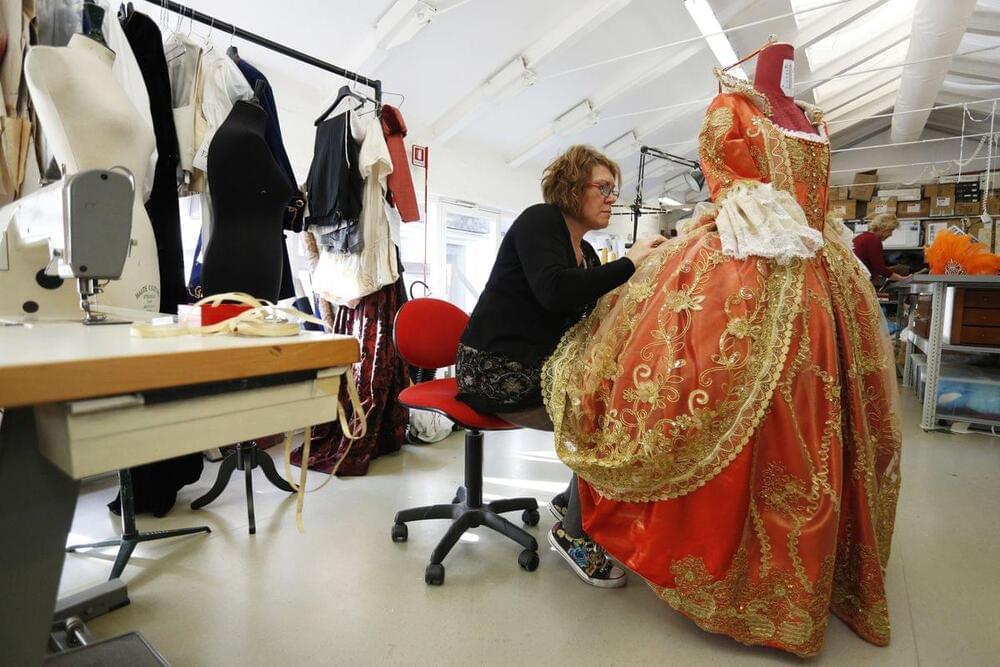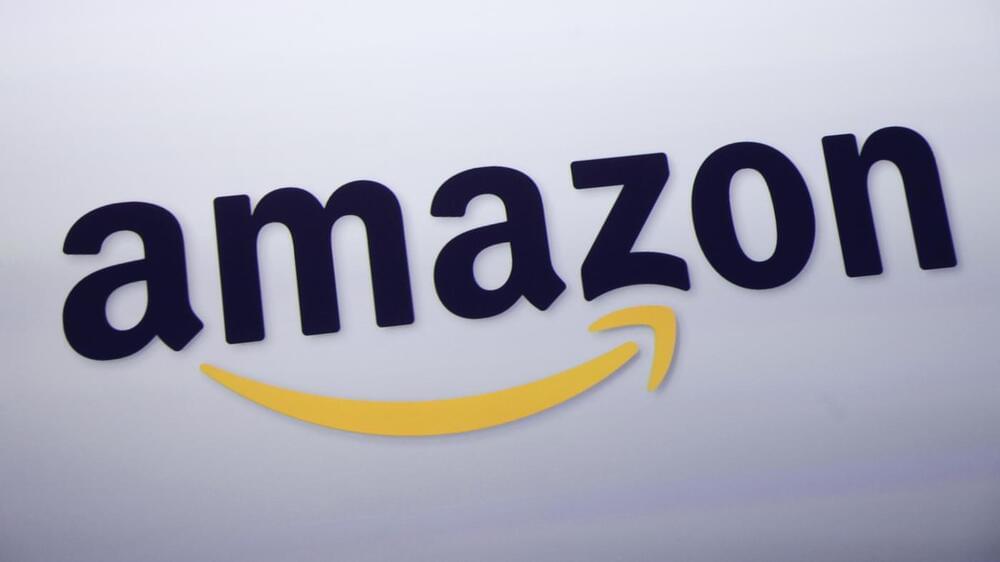Google CEO Sundar Pichai announced the news in an email to staff, saying the company needed to focus on key priorities — like artificial intelligence.
Google is cutting approximately 12,000 jobs — the latest technology firm to initiate significant layoffs as inflation rises and global markets brace for a downturn.
Google SEO Sundar Pichai announced the cuts in an email to staff on Friday and a blog post. The job losses constitute around 6 percent of Google’s global workforce, compared to recent layoffs at Microsoft (10,000 jobs or 5 percent of the workforce), Amazon (18,000 jobs / 6 percent), and Meta (11,000 / 13 percent).
Google needs to focus on key areas like AI, says Sundar Pichai.
